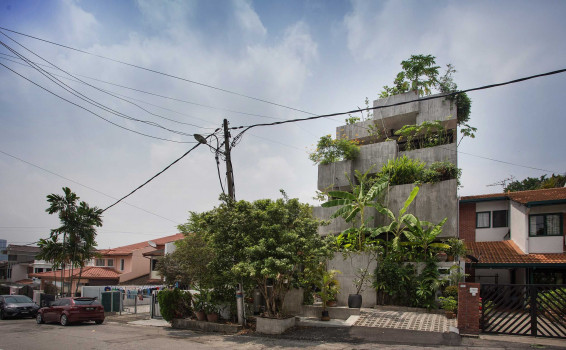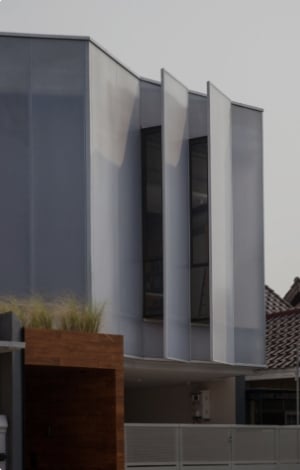Cable Cars as Feasible Urban Transport Option?



The electric-powered cable cars, also known as gondolas, were also intended as a cleaner transportation option, placing less pressure on the environment than cars on the roads of one of the biggest cities in the world, which has also been among the most polluted in recent history. Similar goals have been pursued via cable cars in other cities of Latin America such as Medellín, Colombia1 and La Paz, Bolivia. They also make up public transport options in American, African and European cities.2
In Southeast Asia where urban transit is also an important challenge, cable car systems are more commonly used for tourism.
Indeed, thousands of miles away from Mexico City, the cable cars of Hon Tre Island in Vietnam3 began a nationwide craze in 2007 when they were constructed to feed the booming tourism industry and are now replicated all over the country. The cable cars have driven considerable economic development in Vietnam, but some have started to question whether there is an environmental cost.
Between Mexico City’s gondolas and Hon Tre Island’s cable cars, could they be a feasible urban transport option to alleviate the common issues that these two places—and others like them in Latin America and Southeast Asia—face?
El Cablebús


Line 2 of the Mexico City cable car system, known as el Cablebús, runs east from the underground metro station Constitución de 1917 to Santa Martha Acatitla, a county that borders Mexico City and the State of Mexico. In August 2021, the lengthy ropeway was added to Line 1, running north from Indios Verdes to Cuautepec, that had been opened one month before.
Every day, many who live here travel up to 30 kilometres to the centre of the capital to work for the city’s wealthier residents and businesses. Before the cable car, travel time on the ground (by private car or bus) averaged about 75 minutes—with the new aerial system, the journey has been cut to 36 minutes, according to the Mexico City government. The seven-station Line 2 costs 7 pesos (about SGD0.509) and has a capacity for 90,000 passengers a day.
A tourism phenomenon
As Vietnamese cities are increasingly installing cable car systems for tourism, concern for environmental sustainability has also grown. In a South-East Asia Globe report in May 2022,18 activist Bui Huyen Trang explained that community resistance to new cable car developments is rooted in concerns for the impact of tourism on the environment as well as the protection of vulnerable animal and plant species.
Trang gave the example of Sun World Ba Na Hills, a resort and amusement park complex in the Truong Son Mountains that includes the Nui Chua national park and is only accessible by cable car. The construction of the system required the removal of trees that were important animal habitats.


Simple solution to a complex problem?
In a recently published review of the literature on cable cars and sustainability,23 urban transport experts Morten Flesser and Professor Bernhard Friedrich noted that cable car systems have sprung up across the world as part of “rethinking transport planning”, appearing as a clearly viable way “to leave behind the already severely saturated urban land use model”, as underground systems once did.
Within this, while “[the] existing literature optimistically presents cable cars as a sustainable transport mode, thus assigning a valuable role to the technology…the role of cable cars in urban environments is not yet studied in-depth.” With an appeal to caution, they argued that “the research gaps must be filled before urban airspace can be served by cable cars.”









 Indonesia
Indonesia
 Australia
Australia
 New Zealand
New Zealand
 Philippines
Philippines
 Singapore
Singapore
 Malaysia
Malaysia







